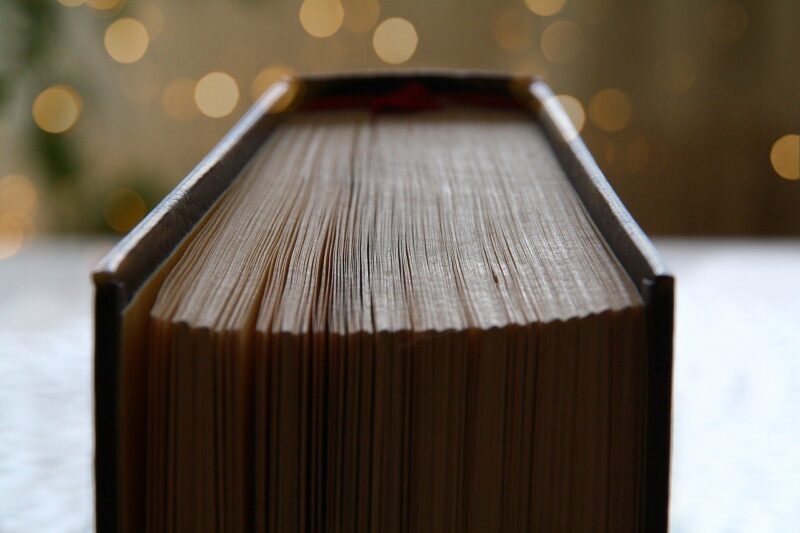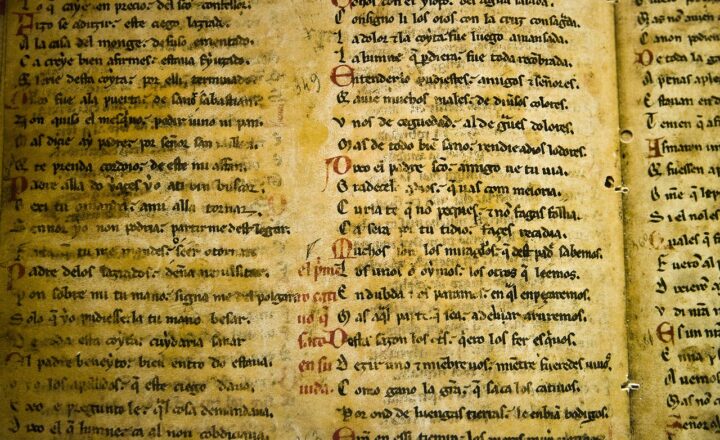
Books are often viewed as simple repositories of knowledge, yet some of the oldest surviving books in the world have transcended time, securing their place in history. Their preservation tells a remarkable story of human ingenuity, cultural continuity, and the reverence we hold for written word. In this article, we delve into the fascinating techniques used to preserve these ancient texts and explore the circumstances that have allowed them to withstand the ravages of time.
1. A Brief History of Old Books
The oldest known written records date back to ancient Mesopotamia around 3200 BCE, primarily recorded on clay tablets. However, as civilizations evolved, so did the materials and techniques used for writing. By around 300 BCE, papyrus became the preferred medium for writing in Egypt, leading to the creation of some of the earliest books. As we journey forward in time, we will explore the various materials and methods that contributed to the safeguarding of these ancient texts.
2. The Role of Materials in Book Preservation
Books throughout history have been made from a variety of materials, each impacting the longevity of the texts. Here are some key materials used:
- Papyrus: Used frequently in ancient Egypt, this material is derived from the papyrus plant, where strips of the plant are layered and pressed into sheets. While papyrus is not as durable as other materials, its use marked a significant development in the history of books.
- Parchment and Vellum: Made from animal skins, parchment became popular in medieval Europe. It is more durable than papyrus, and its smooth surface allows for finer writing. Vellum, made specifically from calfskin, was prized for its quality. Many ancient copies of texts were transcribed onto parchment to ensure their survival.
- Wood and Bamboo: In East Asia, books were often carved into wooden panels or created using bamboo slips. These durable materials allowed for texts to persist over centuries, especially in humid and tropical regions.
- Paper: The introduction of paper in China during the Han Dynasty (circa 105 CE) revolutionized book production. As paper-making techniques spread to the Islamic world and later to Europe, it allowed for mass production and contributed significantly to the preservation of texts.
The choice of material plays a crucial role in the longevity of books. Many of the world’s oldest books have been preserved because they were crafted from durable materials that resisted decay over time.
3. Preservation Techniques Through the Ages
Throughout history, various preservation techniques have emerged, allowing old books to survive the test of time:
- Storage Conditions: Ancient libraries often placed great emphasis on the storage of texts. Bookkeepers preserved texts in cool, dry places to minimize decay. For instance, the Library of Alexandria featured carefully controlled environments for its vast collection of scrolls, ensuring they remained intact for generations.
- Restoration Practices: Many ancient books underwent restoration. Techniques included re-binding aged books, repairing damaged pages, and using parchment for reinforcement. Experts today continue these practices in a bid to keep ancient manuscripts from disintegrating.
- Duplication and Copies: Throughout history, people have often copied important texts manually to safeguard against loss. In monasteries during the Middle Ages, monks dedicated themselves to transcribing ancient texts, which accumulated extensive libraries of preserved knowledge. The important texts that survived in monasteries include the works of Aristotle and the Bible, foundational texts that would later inspire the Renaissance.
- Digitization: In modern times, technological advancements have led to the digitization of old books. This process not only makes precious texts accessible to a broader audience but also preserves them from physical degradation. Libraries and institutions worldwide have undertaken massive digital projects to ensure these texts endure for future generations.
These preservation techniques have resulted in remarkable survival rates, but they are not without challenges. Natural disasters, wars, and simple neglect have led to the loss of countless ancient texts throughout history.
4. The Most Famous Ancient Texts Still in Existence
Several ancient texts have survived through various means of preservation, and their stories are just as fascinating as the texts themselves. Here’s a look at some of the most renowned:
- The Epic of Gilgamesh: This epic poem from ancient Mesopotamia is considered one of the earliest works of literary fiction. The surviving versions date back to around 2100 BCE and were inscribed on clay tablets, showcasing incredible resilience despite their age.
- The Dead Sea Scrolls: Discovered between 1946 and 1956 in caves near the Dead Sea, these ancient manuscripts date from 150 BCE to 70 CE. Written on parchment, they include biblical texts and other works. The dry conditions of the caves played a crucial role in their preservation for nearly 2,000 years.
- Codex Sinaiticus: One of the oldest known manuscripts of the Christian Bible, dating back to the 4th century CE. It was preserved in a monastery on Mount Sinai and features both Greek and Hebrew texts, providing crucial insights into early Christianity.
- The Book of Kells: An illuminated manuscript created by Celtic monks circa 800 CE, featuring beautifully decorated pages containing the Gospels. The quality of materials and the dedication of its creators have helped preserve it for centuries, making it one of the most treasured artifacts of Irish history.
These texts serve as invaluable windows into the cultures and thoughts of ancient peoples, showcasing the importance of preserving knowledge through the ages.
5. Modern Preservation Efforts
As we move deeper into the 21st century, the importance of preserving our literary heritage has grown. Modern preservation efforts focus on:
- Climate Control: Libraries and archives have started implementing strict climate control measures to maintain optimal temperature and humidity levels, crucial for preserving old books and manuscripts. They use specialized containers and materials that prevent deterioration due to environmental factors.
- Training for Conservators: The field of conservation has grown, with professionals being trained specially to understand the nuances of preserving different types of materials and texts. This ensures the best practices and methodologies are used in restoring and maintaining ancient texts.
- Collaborative Projects: Many institutions around the world collaborate on preservation efforts and share knowledge for the benefit of ancient artifacts. Initiatives like the International Alliance for the Protection of Cultural Heritage in Conflict Zones address the urgent need to protect texts at risk due to warfare or political instability.
The commitment to preserve the world’s oldest books is vital not only for academic purposes but also for cultural identity and heritage. The texts offer insights into human development, thought, and creativity.
Conclusion
The world’s oldest books are treasured relics that provide a glimpse into a bygone era. Their preservation, a combination of innovative materials and techniques employed throughout history, demonstrates our commitment to safeguarding knowledge. As modern technology advances, so too does our ability to protect these invaluable texts, ensuring they remain accessible for future generations to explore and appreciate.
By understanding the journey of these ancient texts and the efforts taken to preserve them, we not only honor those who came before us but also contribute to the legacy of knowledge that will continue to shape our society.
Thank you for exploring the incredible history of book preservation with us. Whether you’re a historian, a bibliophile, or just someone who appreciates the beauty of well-preserved writings, each book has a story to tell. To foster a deeper connection to these texts, we encourage you to visit local libraries, digital archives, or museums dedicated to preserving our literary heritage.







